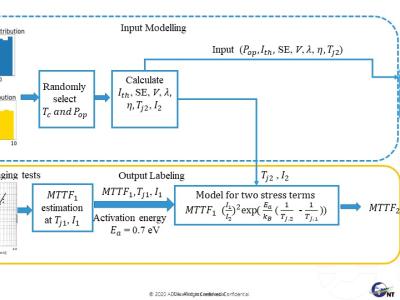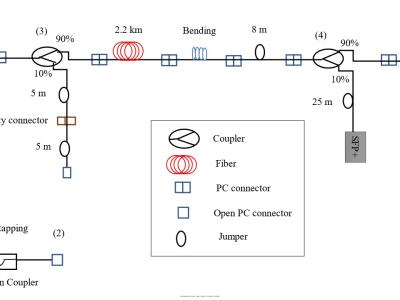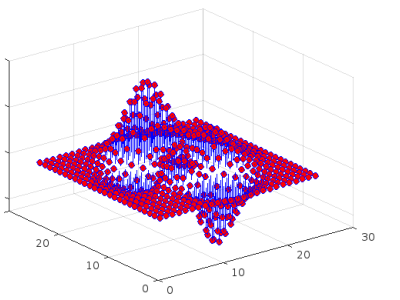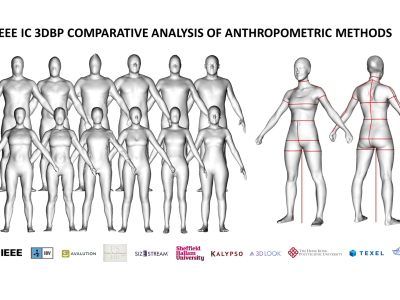
Power transformers are inevitably subjected to external short circuit impact during their service period. The electromagnetic force generated by the fault current may cause winding destabilization and collapse. The radial buckling of the inner winding accounts for a considerable proportion. Based on the effective contact of the sticks, the traditional analytical methods ignore the manufacturing deviation and operation impact (MDOI) characterized by assembly gaps and insulation shrinkage.
- Categories:






